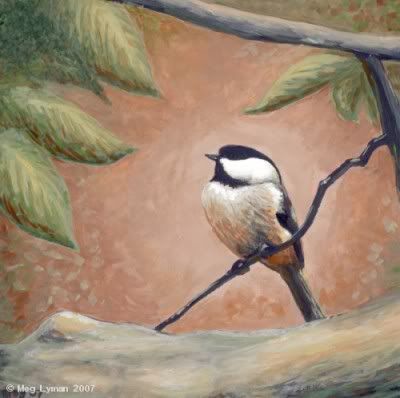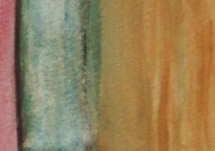Today I continue my thoughts on the various supports I’ve abused with gouache. See Part 1 for watercolor paper, bristol board, and illustration board. This time, we’ll look at Canson Pastel Paper and different types of Claybord. I have a few more supports I’ve tried, so there will be a Part 3 in the not-too-distant future.
Canson Pastel Paper is a sturdy paper, but it is paper, which means it’s flimsier than bristol, illo board, or watercolor paper. It looks wimpy, and I was a bit afraid to try it, thinking it would disintegrate if it got wet. But I was too tempted by its lovely tinted shades to be deterred. And it held the gouache fairly well. I didn’t layer or scrub very much, and I didn’t use the gouache thickly. I knew it’d crack off the paper if I did. So, with minimal abuse, Canson paper works very well. It curled up and warped a bit, but nothing matting can’t fix.
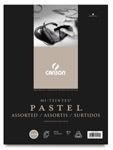
Ampersand Claybord comes in umpteen different varieties, each with a unique surface. They are all white clay on hardboard, and are archival, and I love them. No warping! Great absorption! I’ll go through each of the kinds I’ve used.
Gessobord and Textured are quite similar. Textured is designed to be more like watercolor paper, and is therefore bumpier, with excellent little nooks and crannies. Gessobord is nicely textured, but fairly smooth overall, with little variation. They both take gouache wonderfully. They absorb quickly, so if you use a wash, it’ll dry slightly faster on these boards than on paper. The downside is that you can’t scrub back to white. But that’s more a concern for watercolor than gouache.
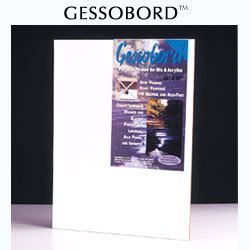
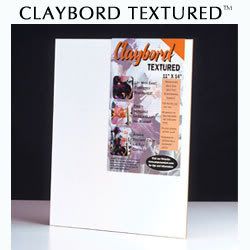
Pastelbord is made for pastels, so the surface feels like fine-grain sandpaper. It’s deliciously fun to put gouache on that surface. I used a bristle brush, and went for the textured, visible-brushstroke look. Pastelbord is wonderful for that. I loved the feel of the bristles on the surface. You won’t be able to get nice, smooth areas of color on it, though.
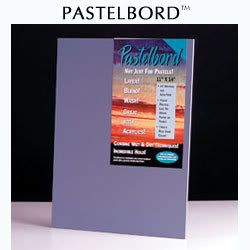
Claybord Smooth is not for gouache. It’s the same with oil paint; you need to put down a few coats to build yourself a textured surface before you can really paint on it. It’s incredibly smooth, like plate or smooth bristol board, but it’s also slick, so it doesn’t absorb paint quickly. The result is that the gouache would rather stay on the brush than transfer to the surface, and you get awful streaks. I haven’t found the patience to figure out how to make gouache work well with Smooth.
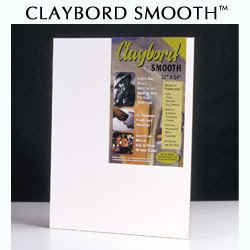
Finally, there’s Claybord Black, my very first Ampersand board. It’s black india ink over a Claybord Smooth panel. It is meant for scratching – but I’ve seen some fine works at WetCanvas of scratchboard with color. Usually they use colored inks, but I thought I’d give gouache a try. It worked OK, but my scratching technique didn’t work well with the way the gouache completely covers the india ink. It’s tough to get it back to a nice, dark black after the gouache has been layered on top. Next time, I’ll try something with definite borders, to see if I can put the gouache in the scratched areas only.
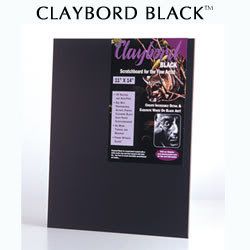
And, before I forget, I got all my supplies at Dick Blick. Their online store has every type of Claybord product, in any size they make (the physical store has only a limited selection). So here’s my Dick Blick plug: if you want to try out any of these surfaces, consider going through Dick Blick:


